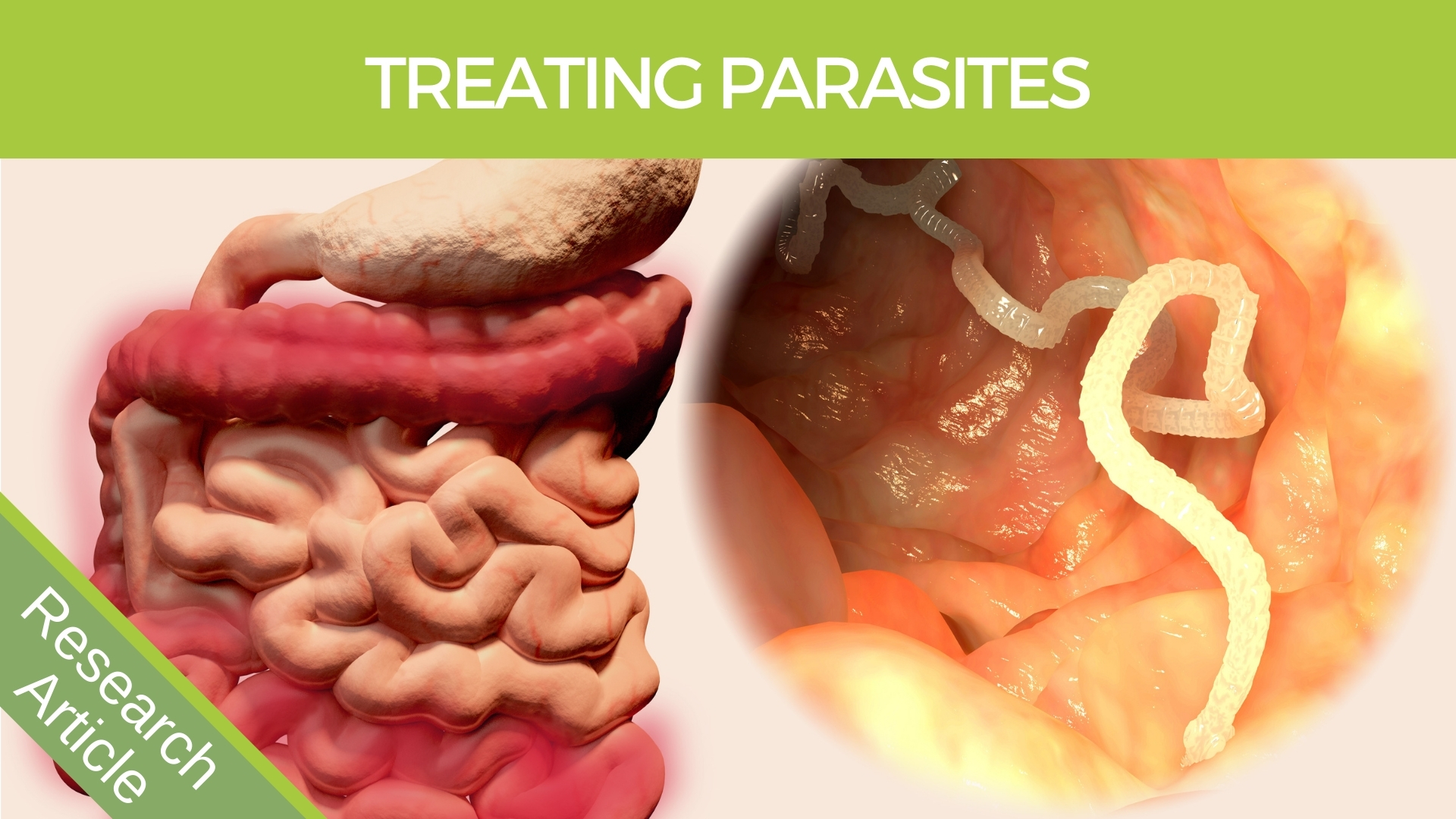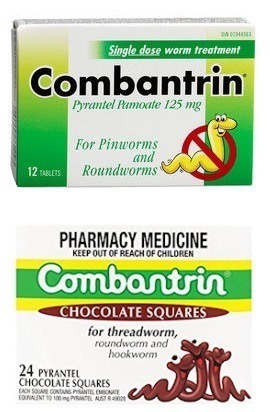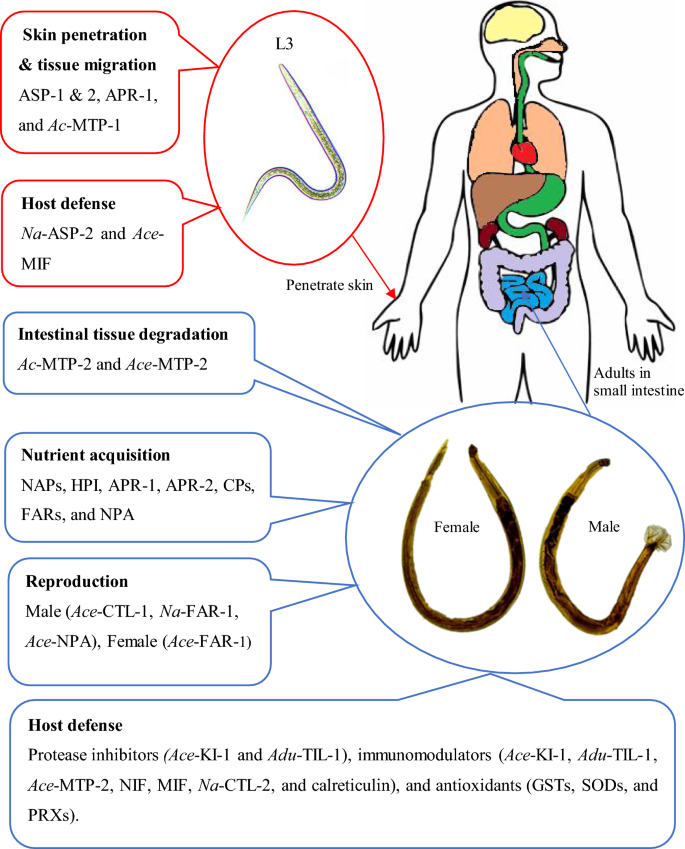
In India, they mix turmeric with warm milk.
Turmeric has 4 strong worm killing properties. Ginger - use freshly grated to make an anthelmintic tea. Cinnamon - make a tea or add to fruit smoothies. Cloves - make a tea or add to fruit smoothies. 
Eat fresh pineapple alone between meals or as for papaya above.
Pineapple contains the worm-killing enzyme bromelain. Eat fresh papaya alone between meals or in combination with other worm-killing fruits, spices and seeds. Papaya contains the worm-killing enzyme papain. Pumpkin Seeds - snack on an ounce of raw seeds between meals. The foods in the following list will kill worms, create an environment in the gut that makes it difficult or impossible for worms to survive or will help expel worms. While the serious reactions are rare, they can be devastating. Here's just a small sample: aplastic anemia (marrow suppression), acute liver failure, seizures.Īnd here's a list of the less serious reactions: dizziness, fever, nausea, headache, vomiting, hair loss, vision problems, stomach pain, bruising, mental confusion, mood changes. Many of these drugs have caused some sort of serious adverse reaction. But are you going to risk serious injury to your child for a simple case of pinworms or tapeworms?Ĭheck the adverse reactions to these drugs. Naturally in life threatening cases a potent but risky drug may be necessary. On Wikipedia you will find a list of anthelmintic drugs such as Albendazole, Mebendazole, Niclosamide, Ivermectin, Pyrantel pamoate and so on. What's Wrong with These Anthelmintic Drugs? And what is absolutely required is something that will cleanse both the intestiine and the colon. So you may need to take more than one remedy. It derives from the word helminth which means worm.Īccording to Dr Hulda Clark that which kills adult worms won't kill the eggs and vice versa. The most commonly used anti-worm products to treat intestinal worms (threadworms, roundworms and hookworms) are pyrantel, albendazole or mebendazole.To get rid of worms in humans you need two things: an anthelmintic and a way to detox your intestine and colon to get rid of the worm debris.Īn anthelmintic is a treatment.a drug or an herb, a spice or some type of food.that will kill and expel parasitic worms. But since animals can be carriers of other intestinal worms, it’s a good idea to regularly deworm pets. Humans cannot contract threadworm from animals. In the right conditions, eggs can survive for several days. So nail biting, poor hygiene or inadequate hand washing contributes to the spread of threadworm.Ĭhildren can easily spread the infection to other family members by transferring eggs to bed linen and bathroom fixtures. #How to get rid of hookworms in humans skin#
Threadworms rely on the itchiness in the anal skin region to transmit their eggs: children tend to scratch their bottom at night and catch the eggs under their fingernails, which they then put in their mouth.

Threadworm infection usually occurs by ingesting infectious eggs.

The doctor will then examine the slide for worms or worm eggs. The tape is stuck on the skin, then removed and placed onto a glass slide provided in the kit. The test involves separating the buttocks and applying a piece of sticky transparent tape to the area just outside of the anus and between the buttocks. This test is best done in the morning prior to a bath, as worms can migrate during resting periods. Threadworm can be diagnosed in children using the sticky tape test using a kit from your general practitioner. In young girls, inflammation can occur around the vagina. When symptoms do occur they can include an itchy bottom, particularly at night, reduced appetite and feeling mildly unwell or irritable. Threadworm infections are often asymptomatic.







 0 kommentar(er)
0 kommentar(er)
